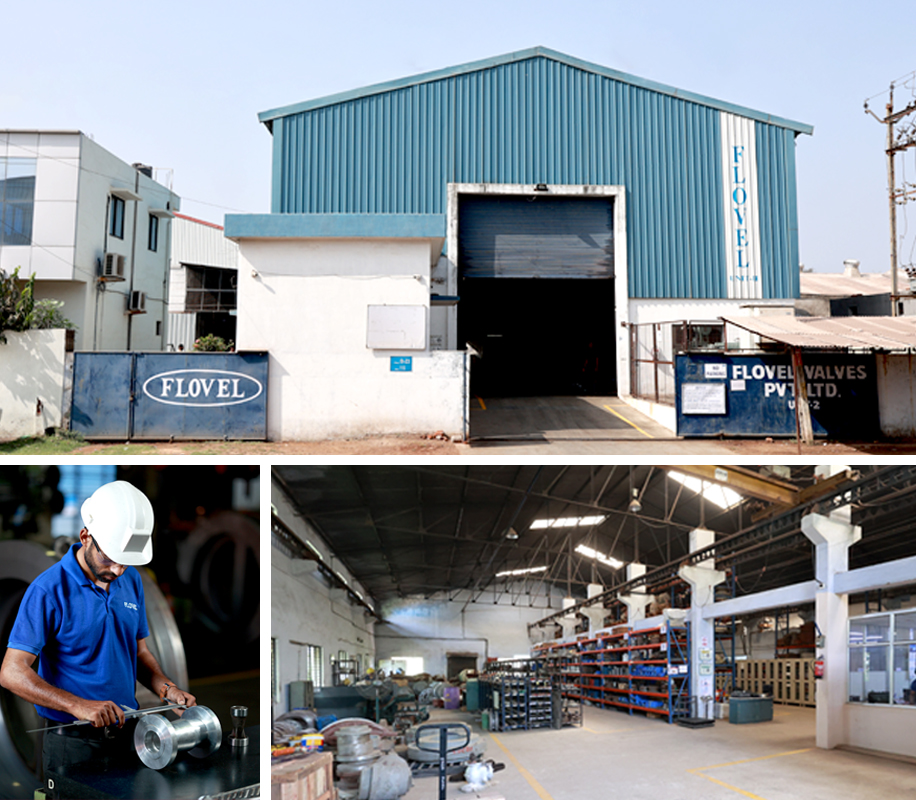
Complete Check Valves Solutions


Check valves are essential components in fluid control systems, designed to prevent backflow and ensure the proper direction of fluid flow. Among the various types of check valves, non-slam check valves and swing check valves are widely used due to their distinct features and advantages. This blog provides an overview of both types and highlights the key differences to help you choose the right valve for your application.
Swing check valves are one of the most common types of check valves used in various industries. They consist of a disc that swings on a hinge pin, allowing fluid to flow in one direction while preventing backflow. When the fluid flows in the forward direction, it pushes the disc open, allowing passage. When the flow reverses, the disc swings back into its seat, blocking the flow and preventing backflow. These valves are known for their simplicity and cost-effectiveness, making them a popular choice for many applications.
Non-slam check valves, also known as axial flow check valves, are engineered to prevent the slamming effect often seen in traditional check valves. These valves promote laminar flow and minimizes turbulence. The disc in a non-slam check valve travels along the axis of the flow, ensuring a streamlined and efficient fluid passage. This design allows for quick closing without causing water hammer or pressure surges. Known for their high performance, reliable sealing, and robust construction, non-slam check valves are ideal for applications that demand low maintenance and high reliability.
Feature |
Swing Check Valve |
Non-Slam Check Valve |
|---|---|---|
| Pressure Drop | High | Low |
| Vacuum Pressure | Not suitable | Suitable |
| Disc Travel Path | Large, slow closing | Co-axial, quick closing |
| Flow Path | Against gravity, turbulent | Streamlined |
| Additional Components | Required (dashpot/spring) | Not required |
| Reverse Velocity | High | Low |
| Incomplete Opening | Yes | No |
| Structural Integrity | Weak, not rigid | Sturdy, sound |
| Valve Assembly Weight | Heavier than Non Slam | Lighter than swing check valve |

Selecting the appropriate check valve is crucial for the efficiency and reliability of fluid control systems. Swing check valves, with their straightforward design and lower cost, are suitable for budget-conscious applications but come with higher pressure drops and potential slamming issues. In contrast, non-slam check valves provide superior performance with low pressure drops, quick closing, and a sturdy design, making them ideal for applications requiring high reliability and efficiency despite their higher cost. Understanding the differences between these two types of check valves will help you make an informed decision tailored to your specific needs.
For more information or to discuss your specific requirements, please contact us.